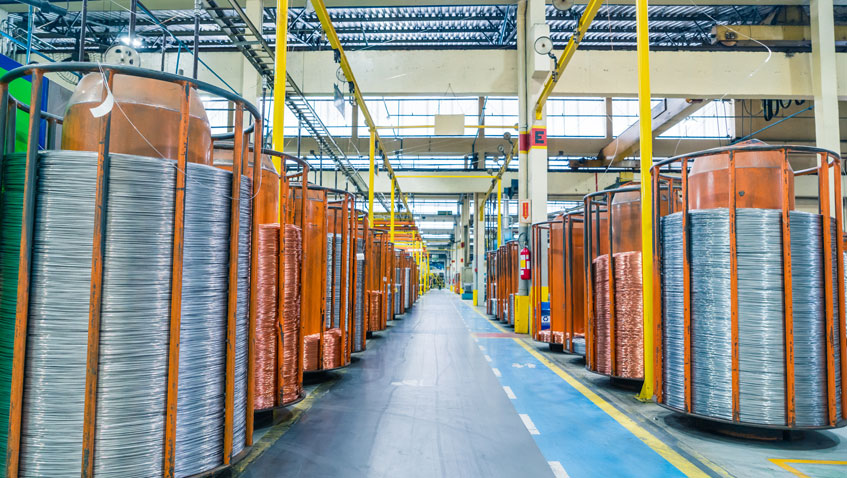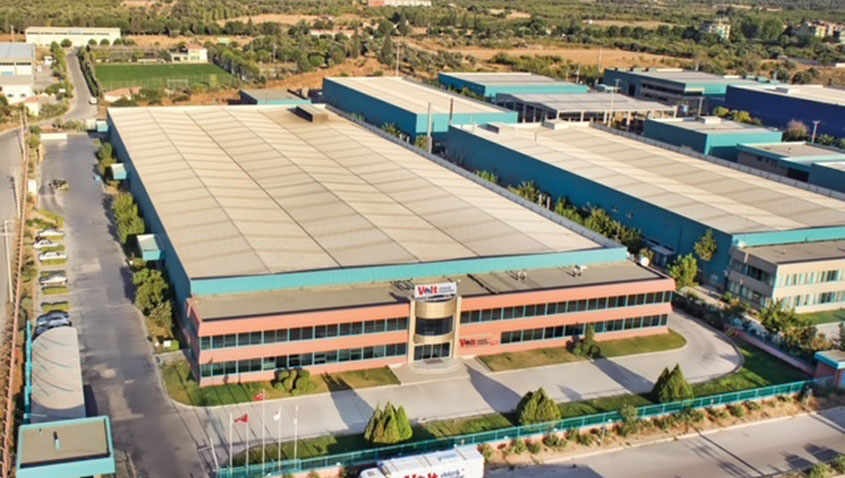Scheduled to open in 2010, the new line will serve 17m people in what is the largest city in South America. It will be 12.8km long, have eleven stations along its length, and be able to transport almost one- million passengers per day.
The project to construct Line 4 is just one part of a $5billion programme on the Sao Paulo Metro. The complete programme includes the building of two new suburban Metro lines, and the extension and modernisation of another three. The overall objective is to improve the quality and long-term sustainability of urban transport in the Sao Paulo Metropolitan Region (SPMR). In the case of Line 4, this is being achieved by interconnecting the existing subway, commuter rail, and bus networks, under a Built Operate Transfer (BOT) type scheme, partially financed by the private sector.
“There are seven phases to the Sao Paulo Metro project, and we are hoping to secure all seven,” said Frank Walsh, Operations Director of Fläkt Woods. “The value of taking on the whole project would be £2m to Fläkt Woods.”
The equipment supplied by Fläkt Woods is the company’s market-leading ranges of JM Aerofoil and JM-TS ventilation fans. These are used to provide general ventilation and extraction in the tunnels and at stations along the Line 4 route. The fans also provide for emergencies in the underground Metro, being designed to operate at 250C for 2 hours. They are all driven by Premium Efficiency motors from WEG’s Smoke Extraction range of products. These motors are well proven, being installed in some of the highest profile projects in the world: the Sydney Cross City Tunnel and the Al Jamarat road and passenger bridge in Mina, Saudi Arabia, to name but two.
The smoke extraction motors perform a dual function. In normal daily operation they deliver the highest levels of energy efficiency driving the Fläkt Wood’s ventilation fans. This ensures the highest levels of energy saving, cutting costs substantially for the operator of the Sao Paulo Metro. These cost savings enable the motors to quickly repay their original capital cost, with subsequent savings helping to reduce everyday operating costs on the Metro.
The second – and most important – function of the motors is to help in the safeguarding of Metro passengers and personnel. In the event of a fire emergency in the Metro, the package of the JM and JM-TS fans and the smoke extraction motors is designed to improve the conditions for safe escape, and/or the rescue of trapped personnel, by drawing any smoke resulting from the fire above floor level. At the same time, the system is actively exhausting hot gases resulting from the developing fire, and providing an envelope of opportunity for emergency services to access the affected area.
The WEG motors used on the project are certified to EN 12101-3 (Smoke and Heat Control Systems – Part 3: Specification for powered smoke and heat exhaust ventilators). Designed to withstand temperatures of 400oC for 2 hours in their ultimate F400 classification, they are used in ventilation systems all over the world: in tunnels, mines, buildings, shopping malls, enclosed car parks, warehouses, stairways and theatres.
“We are delighted that our motors have been specified by Fläkt Woods on such a prestigious project,” said Marek Lukaszczyk, European Marketing Manager for WEG, “WEG is very much in the vanguard of companies providing improved safety through our smoke extraction motors; now we have complemented this technology with the highest levels of energy efficiency available, offering an enhanced package that is ensuring the specification of our motors in major projects worldwide.”


